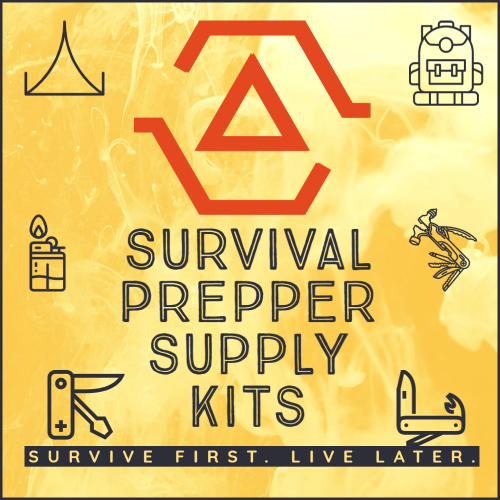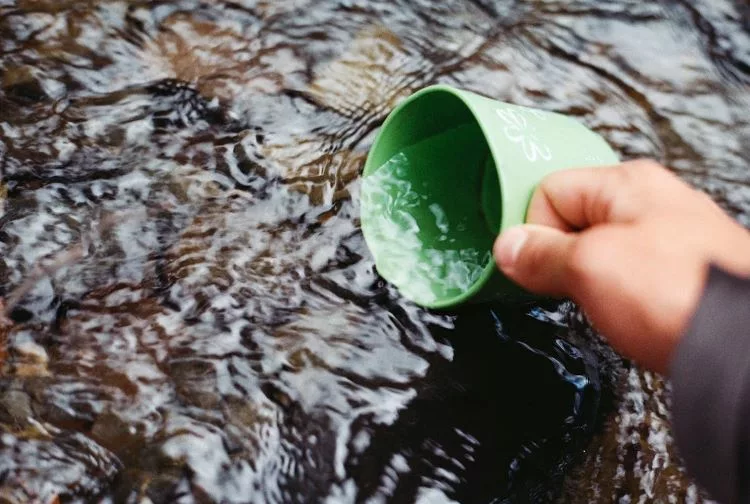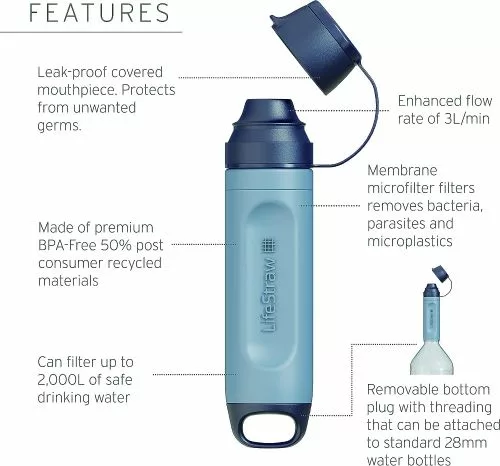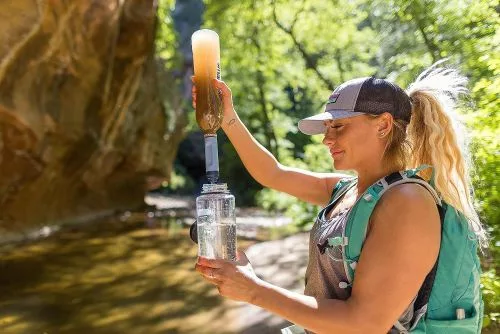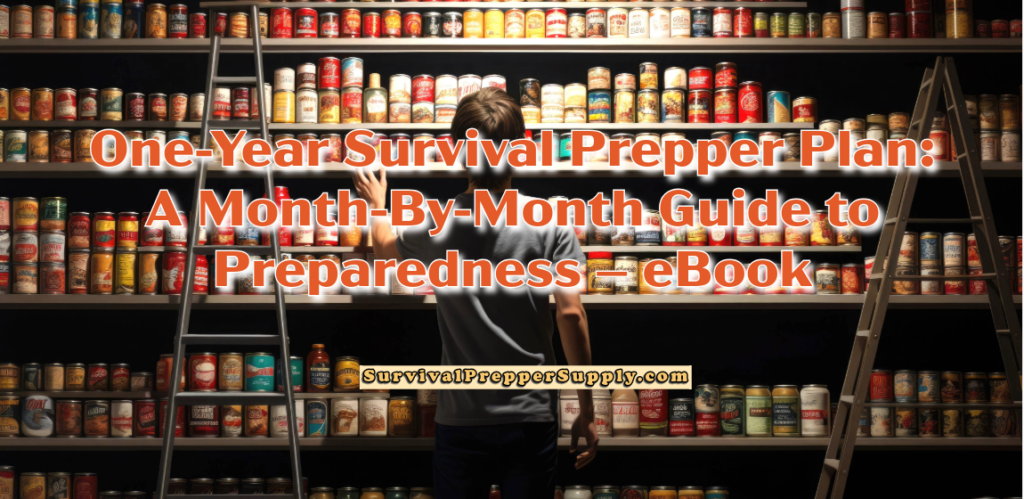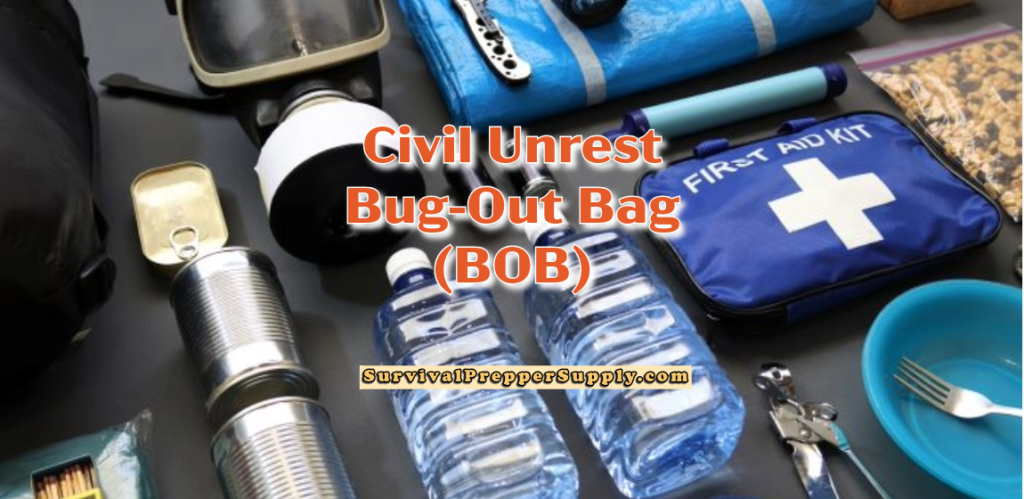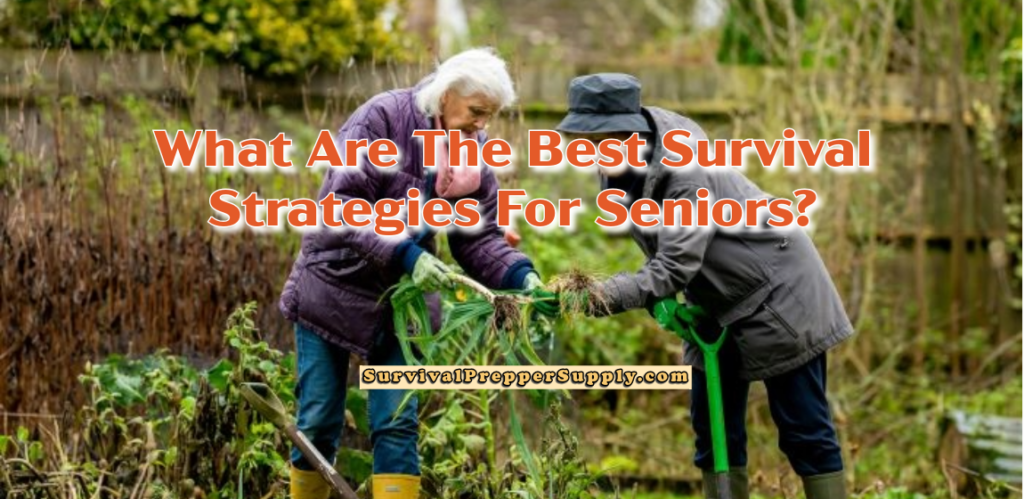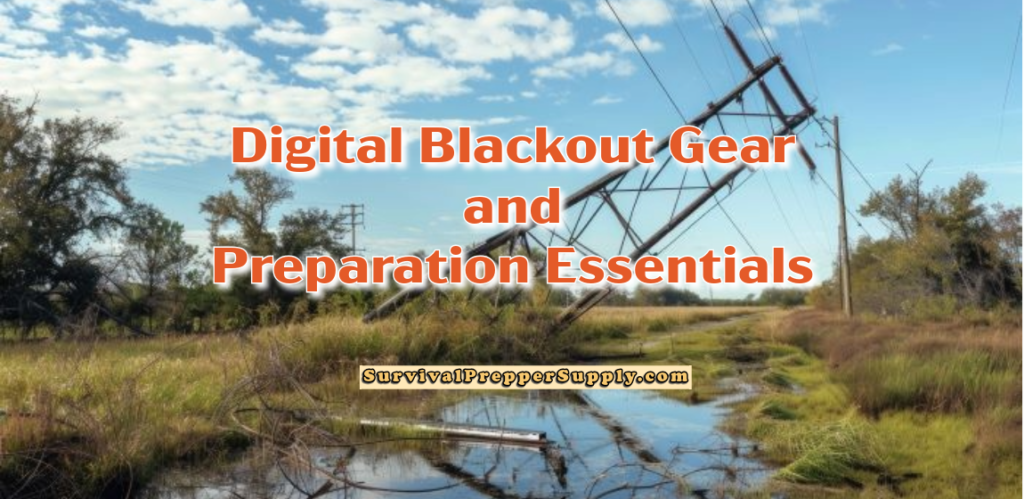Finding and Preparing Water
In a survival scenario, it is crucial to understand how to locate water. Being entirely outside can be challenging, particularly in hot, dry climates.
Water, which is obviously essential to our existence, could be extremely harmful if you don’t understand how to locate, collect, and treat it in a wilderness survival scenario.
The first step in learning about water is locating and collecting it. If you’re outside and find a stream or pond, follow the greenery. If there are no signs of life, such as dying or wilting plants, look for any indicators of water sources.
Another option is to gather rainwater. People may use various receptacles to collect water, such as buckets, bowls, or even old clothes and bedding. If you don’t have any of these, you can use a piece of clothing or other fabric and squeeze it out after it stops raining.
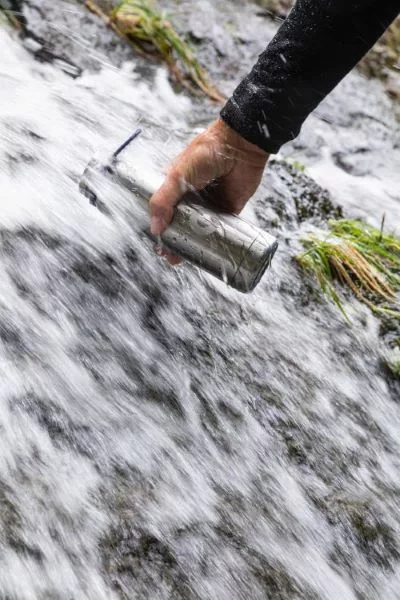
If you have big-leafed plants nearby, you can utilize them to trap rainfall and morning dew, which you can then funnel into a source of drinkable water. If you’re living in a cold region, you can even gather snow and use it to produce melted water for consumption.
Although, you gotta know that I drank water off of leaves when we were visiting a dead volcano in Costa Rica when my water bottle broke and we had no available clean water source. I was in survival mode! But, I came home with the parasite, giardia.
While snow, like other forms of natural water sources, needs to be heated to purify it, don’t fret if it doesn’t melt on its own. Once you’ve gathered the water, you might be inclined to drink it immediately, especially if you’re feeling thirsty, overheated, and exhausted.
Related: The Ultimate SHTF Survival Lessons Guide, Lesson #1-2, Food and Water.
While it may seem challenging, thoroughly cleansing any water you acquire is crucial when spending time outside. There are numerous harmful elements present in untamed waters that can have serious consequences for your health if you ingest them without purification.
Please note that this post contains affiliate links, meaning I will get a small commission for qualifying purchases at no extra cost to the buyer.
If you have a water purification straw, you can use it to drink clean water without having to wait for it to boil and cool. If you don’t have a purification straw, you’ll need to bring your water to a boil.
PROTECTS AGAINST 99.999999% of bacteria (including E.coli and Salmonella), 99.999% of parasites (including Giardia and Cryptosporidium), 99.999% of microplastics.
ULTRALIGHT + LONG-LASTING: only 1.7oz; membrane microfilter will last up to 2,000 liters.
HIGHLY VERSATILE: Standard 28mm PCO threads to screw on to standard water bottles.
FAST FLOW RATE: 3L/min – fill up a 1L bottle in just 20 seconds. Enhanced membrane microfilter performance helps to reduce clogging from sand and silt for better flow rate.
For every purchase, a child in need receives safe drinking water for a year.
To heat water, you’ll need to know how to start a fire. There are various techniques for constructing fires that are perfect for heating water. These techniques, as well as those used for other objectives, will be discussed in more detail in the following sections.
Read next: Bushcraft – Part 4 Important First Aid Skills for Emergency Situations
I’m the daughter of 2 original survivalists who moved from the north to sunny Florida. My mother, along with her parents, bought 30 mostly uncleared acres in 1938. The first home was made of pecky-cypress and built by a house-raising. My mother raised 10,000 chickens.
My divorced mother met and married my father in 1948. From pine trees on our property, he hand-built a log cabin. He also built a tarpaper-lined 65’x45′ pool with duck pond overflow. We had an artesian well for our water and powering our hand-built waterwheel for the pool. He built a substantial cantilevered roof workshop with a car pit in the massive cement floor.
Since my early teens, I have read a ton of books about survival, prepping, the bomb, an apocalypse, homestead living, and SHTF situations. As an adult, I continue to read sci-fi, survival prepping, and science. I practice a prepper lifestyle albeit a bit modified, read a lot, buy a lot, pack/store a lot of anything survival related.
Read my About Me post for more details on our self-sufficient living. I lived there until I went to college in 1968.
My SurvivalPrepperSupply.com blog strives to educate individuals on coping with natural and human-caused disasters using article posts about preparing for emergencies.
